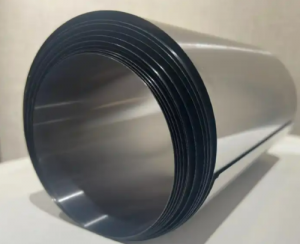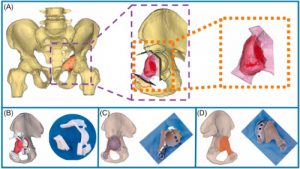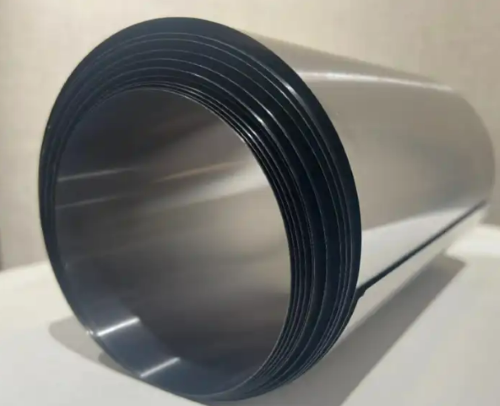Introduction
In the ever-evolving landscape of medical innovation, zirconium emerges as an unsung hero with unique biocompatibility. This article explores the profound impact of zirconium’s biocompatibility on the realm of medical applications. Hope that you can have a deeper understanding of zirconium’s properties and medical uses.
Zirconium’s Biocompatibility
Most importantly, zirconium has become an ideal choice in medical science for its remarkable biocompatibility. That is to say, zirconium can coexist with living tissues without triggering adverse reactions or causing harm.

Zr also exhibits excellent corrosion resistance and a variety of impressive features.
- Corrosion Resistance: Zirconium and its alloys exhibit great corrosion resistance. Such resistance prevents the material from degrading in the body’s corrosive environment. It also ensures the implant’s structural integrity over time.
- Inertness: Zr does not with bodily fluids and tissues. This inertness reduces the risk of adverse reactions such as inflammation or rejection.
- Low Allergic Risks: Besides, zirconium is less likely to cause allergic reactions compared to other metals.
- Aesthetic Benefits: Zirconium products in dentistry offer aesthetic advantages. These products can mimic the natural appearance of teeth. They can provide patients with aesthetically pleasing dental restorations as well.
- Versatile Processing: Zr’s versatility in processing allows for the fabrication of complex shapes and structures. This flexibility in manufacturing enables the creation of tailored implants that suit individual patient needs.
Medical Applications
Zirconium possesses remarkable biocompatibility, mechanical properties, and resistance to corrosion. Therefore, it has become a prime candidate for various medical applications.
Zirconium in Medical Implants

- Dental Implants:
The primary use of zirconium is in medical implants, especially in dental implants.
First, Zr stands out for corrosion resistance. Second, it does not have a metallic taste. These features make it an appealing alternative to traditional metal-based dental materials. Moreover, zirconium implants have a reduced risk of allergic reactions.
- Orthopedic Implants:
Beyond dentistry, zirconium-based orthopedic implants have also carved a niche.
This material reduces the risk of adverse reactions and facilitates better integration with bone tissues. This significantly improves patient outcomes in orthopedic surgeries. And it offers a sturdy yet biologically compatible solution for joint replacements and bone repairs.
Zirconium in Medical Instruments
Zirconium’s biocompatibility extends beyond implants to medical instruments and devices.
The Zirconium is non-reactive with body tissues. So it is an attractive choice for surgical instruments. Zirconium-based instruments offer durability and sterilization compatibility. Meanwhile, these products minimize the risks of tissue irritation or inflammation during medical procedures.
Exploring Biocompatible Zirconium Coatings
Innovations in biomedical engineering have led to the exploration of zirconium coatings on implants and medical devices. These coatings with biocompatibility serve as protective layers. Such coatings reduce wear and corrosion on implants while promoting better integration with surrounding tissues.
Zirconium’s Role in Biomedical Research
Zr plays a pivotal role in medical research and diagnostics as well. It serves as a contrast agent or imaging agent in medical imaging techniques, such as MRI or CT scans. Zirconium-based contrast agents offer enhanced imaging quality while ensuring minimal interference with the body’s physiological processes.
Conclusion
In a word, zirconium’s inherent biocompatibility unveils a world of possibilities in medical applications. Such applications range from implants to instruments and diagnostic tools. As research and innovation continue to unfold, with biocompatibility, zirconium is going to unveil safer, more durable, and more effective medical solutions.
Stanford Advanced Materials (SAM) is a leading supplier of top-grade zirconium rods, plates, powders, and other quality zirconium products. We also offer exceptional customer service and offer customized products. Send us an inquiry if you are interested.
Reference:
[1] D. M. K. (2014). 3D Printing in Medicine. https://www.sciencedirect.com/book/9780081007174/3d-printing-in-medicine
